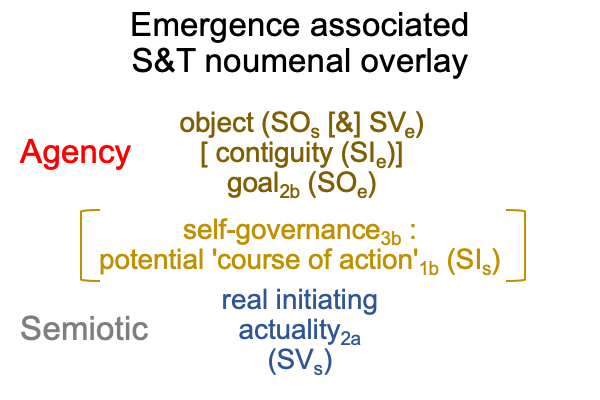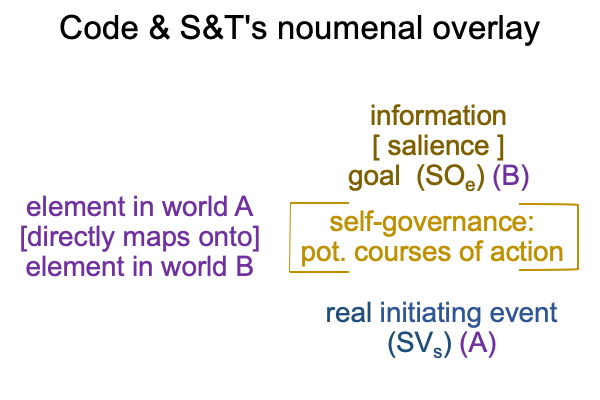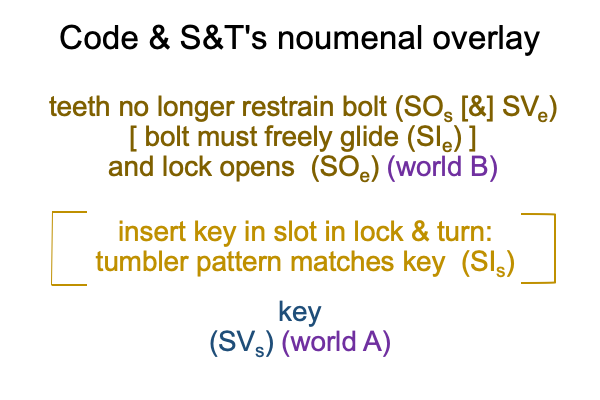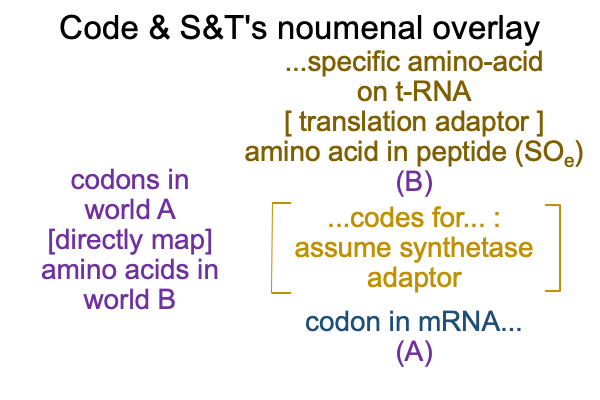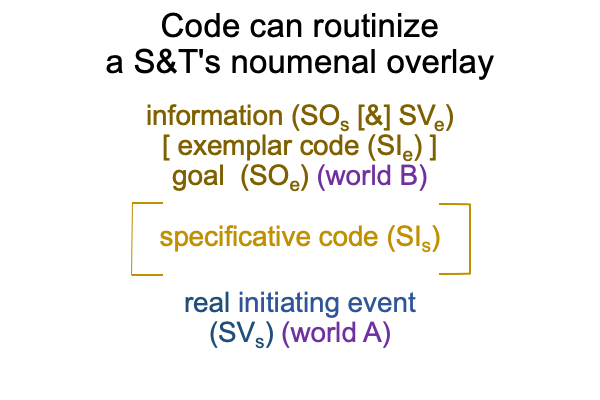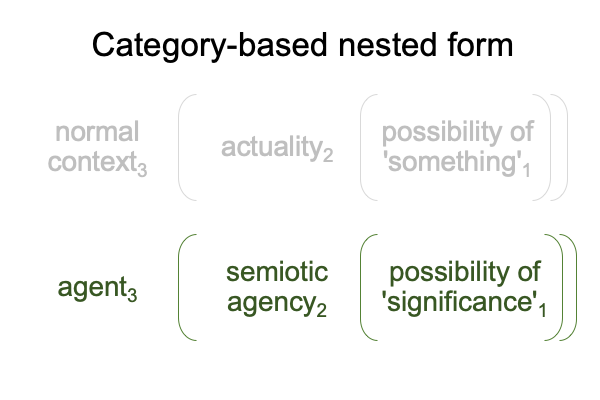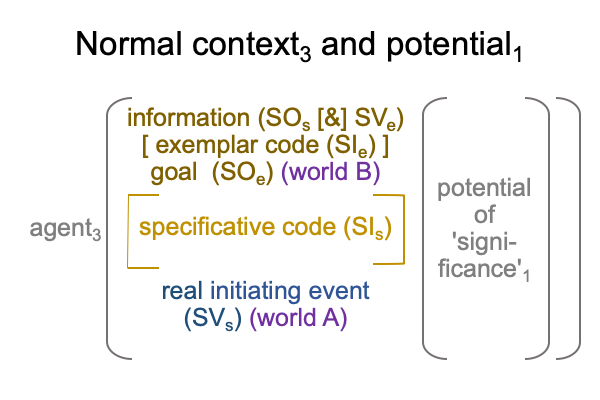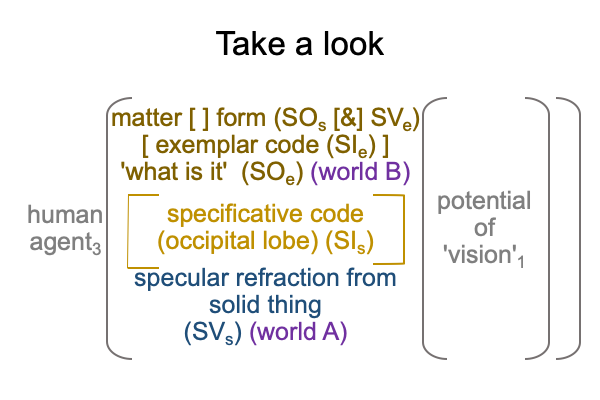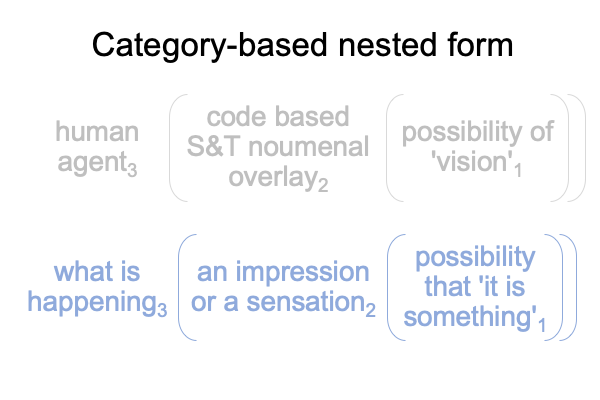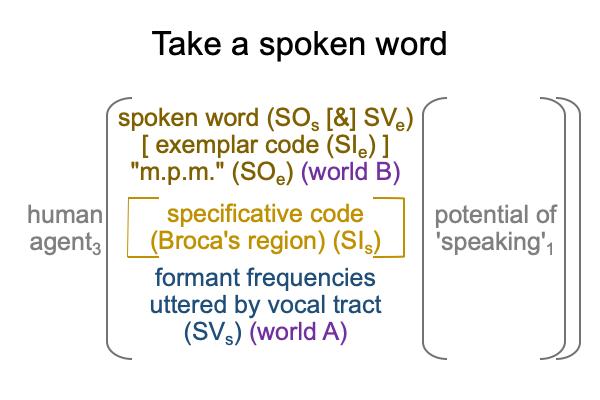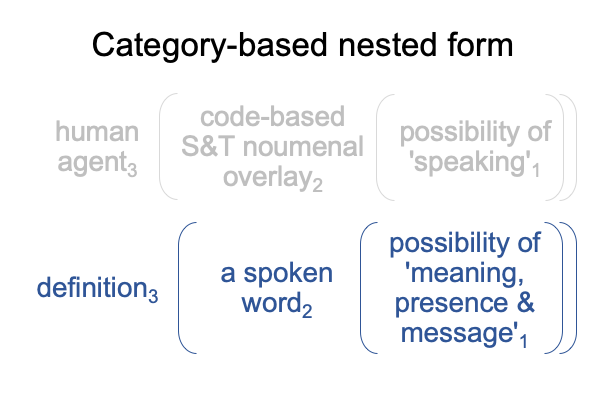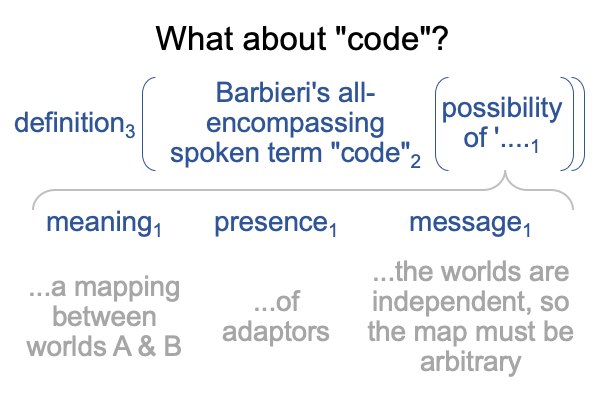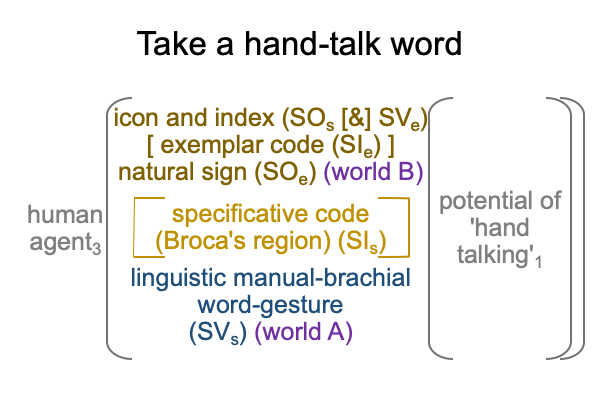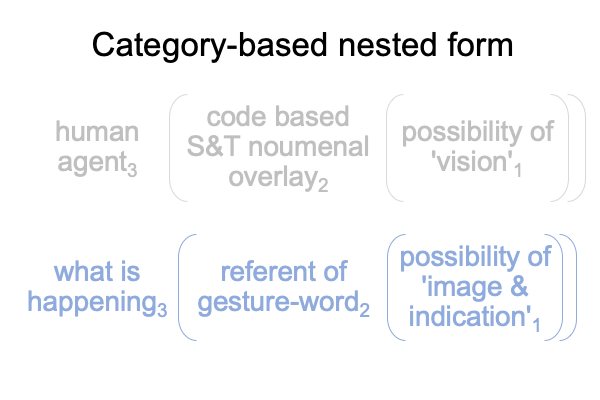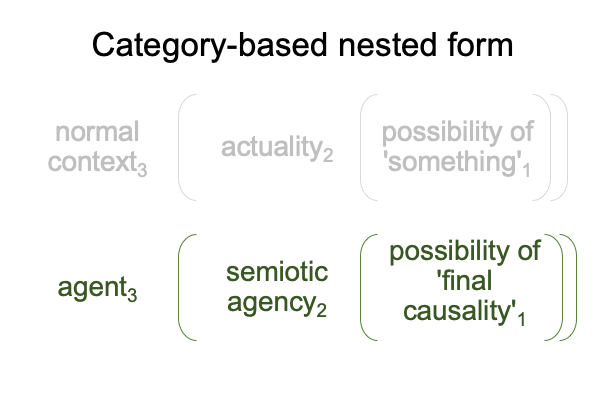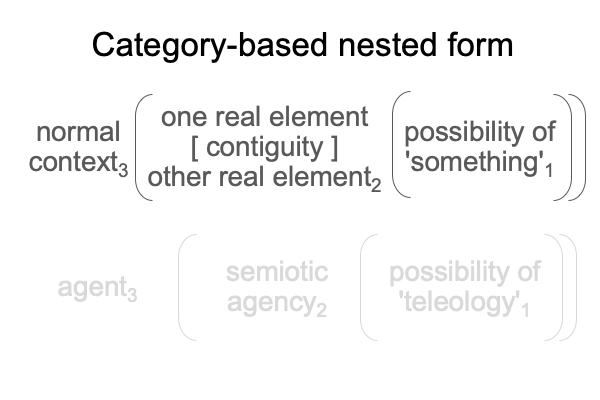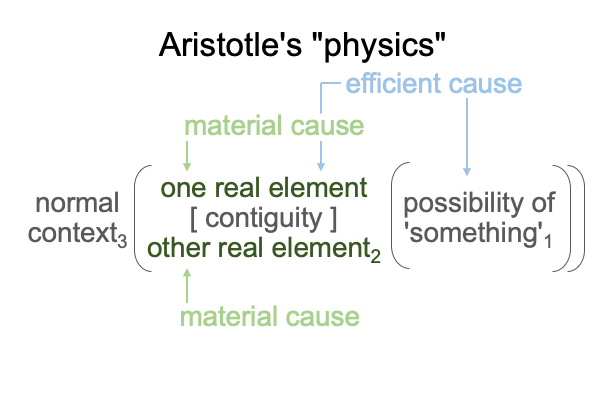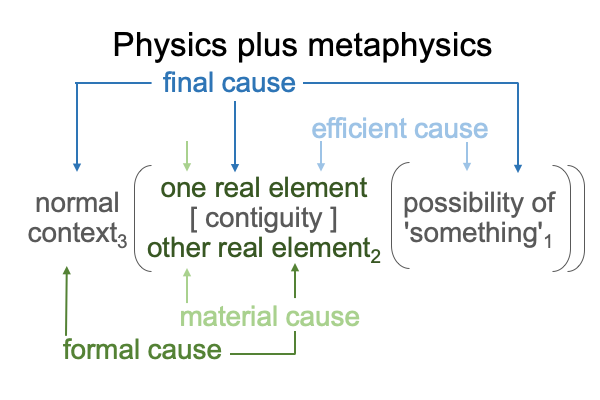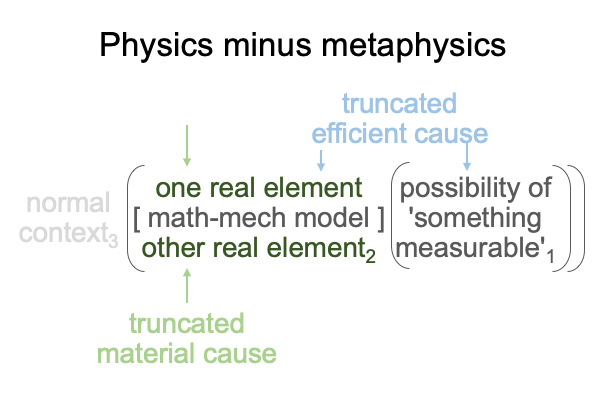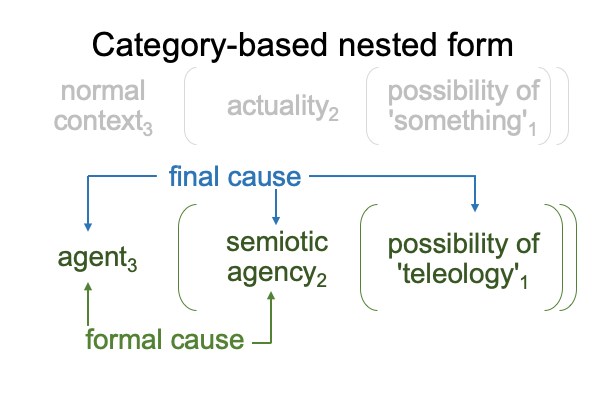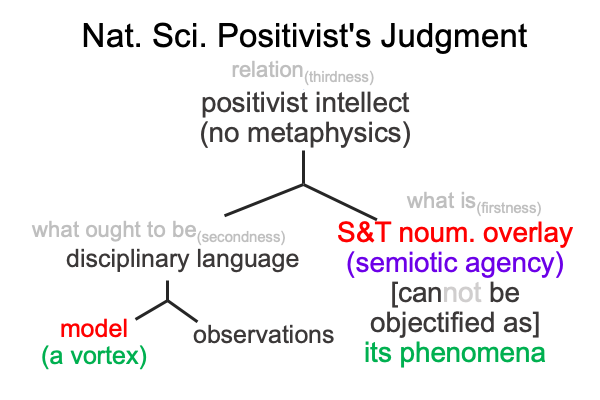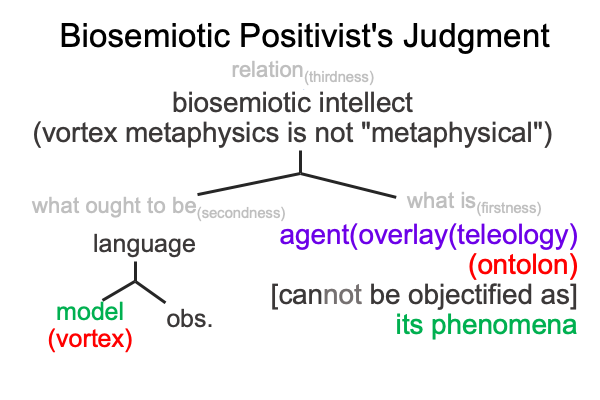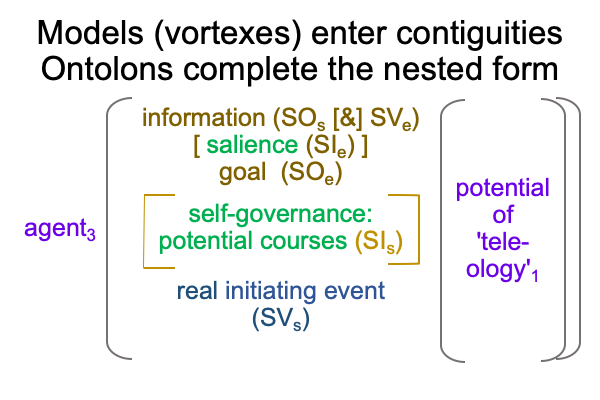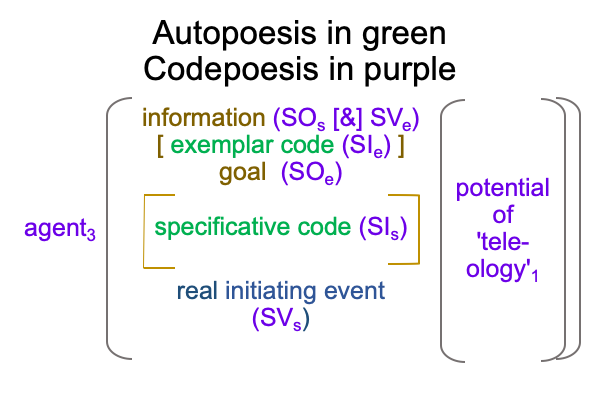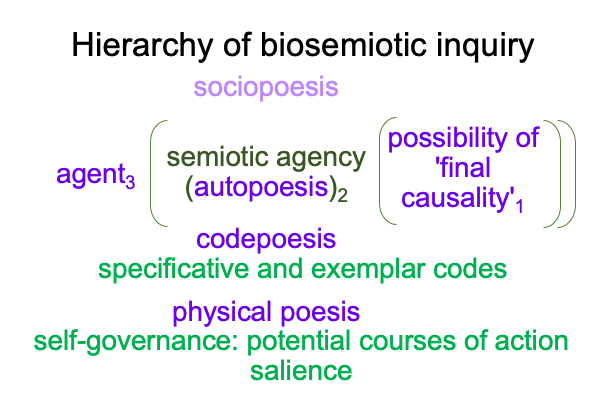Looking at Hongbing Yu’s Chapter (2024) “…Danger Modeling…” (Part 7 of 7)
0819 In the interventional sign-relation, the agent3 and final causality1 are exposed in the same way that a helium balloon, suddenly rising above a carnival crowd, says, “Someone just let go of their balloon (SOe).”
Semiotic agency reaches a terminus (SOe). That terminus is contiguous with an interventional sign-vehicle (SVi). The contiguity is [meaning, mn]. The balloon rises from a perspective-level actuality2c (SVi) into the mundane atmosphere of a content-level actuality2a (SOi) in the normal context of say, what is happening3a operating on the potential of ‘something’ happening1a (SIi).
The rising balloon2a sends a message [mg] that says, “Now that I’ve caught your attention3a((1a)), I will serve as the next real initiating (semiotic) event2a (SVs).”
0820 Here is a picture.
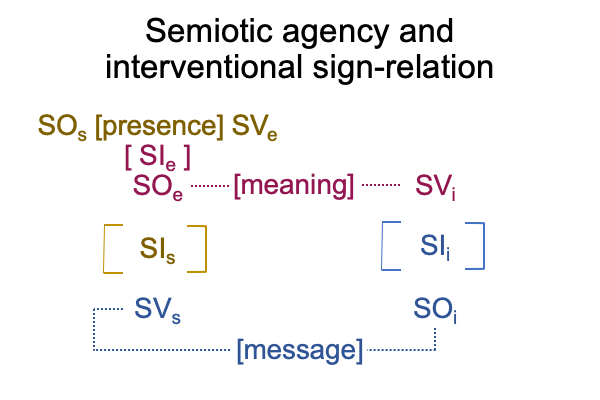
0821 The interventional sign relation occupies the existential dimension.
The existential dimension seems so much more dangerous than the other two.
0822 The representative and interpretive dimensions belong to semiotic agency.
0823 I suppose I may say that – if I must choose the second most dangerous dimension – the interpretative dimensioncomes next.
Why?
If I have poor information2b (SVe) and have an unworthy goal (SOe), then {SOe [meaning] (SVi)}2c may yield an intervention that misses the mark.
I suppose I am trying to say, “If the interpretative dimension is wayward, then the existential dimension becomes more dangerous.”
0824 Section 17.5 concludes the article by dwelling on the three dimensions and their roles in modeling danger.
0825 However, the existential dimension contains a hidden and disturbing discovery. The existential dimension is outside of semiotic agency. The existential dimension contains the interventional sign-relation. The existential dimension may reveal the agent3 and the final causality1 that make semiotic agency2 an actuality2.
0826 Here is a picture of how semiotic agency (containing the representative and interpretive dimensions) entangles the interventional sign-relation (constituting the existential dimension).
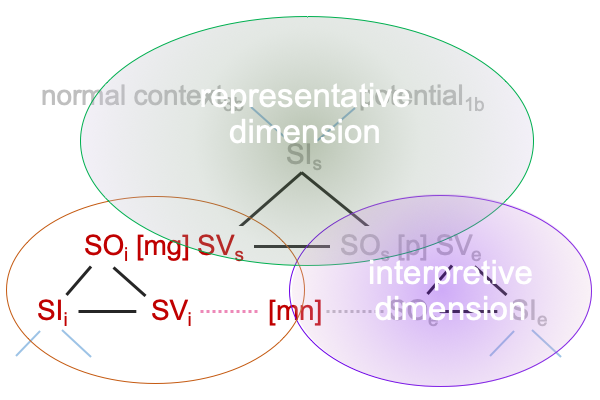
0827 I thank the author for this wonderful chapter, fully titled “The Peculiar Case of Danger Modeling: Meaning-Generation in Three Dimensions”, marking the conclusion of Part III of Pathways, titled “Meanings in Organism Behavior and Cognition”.
This chapter marks the end of this examination of the biosemiotics of nonhuman agency and opens a portal to an examination of human agency.
0828 Biosemiotics is more than semiotic agency. Biosemiotics includes the interventional sign-relation. Sharov and Tonnessen’s noumenal overlay, more creative and productive than any noumenal overlay that biology has seen so far, now entangles an existential dimension.

